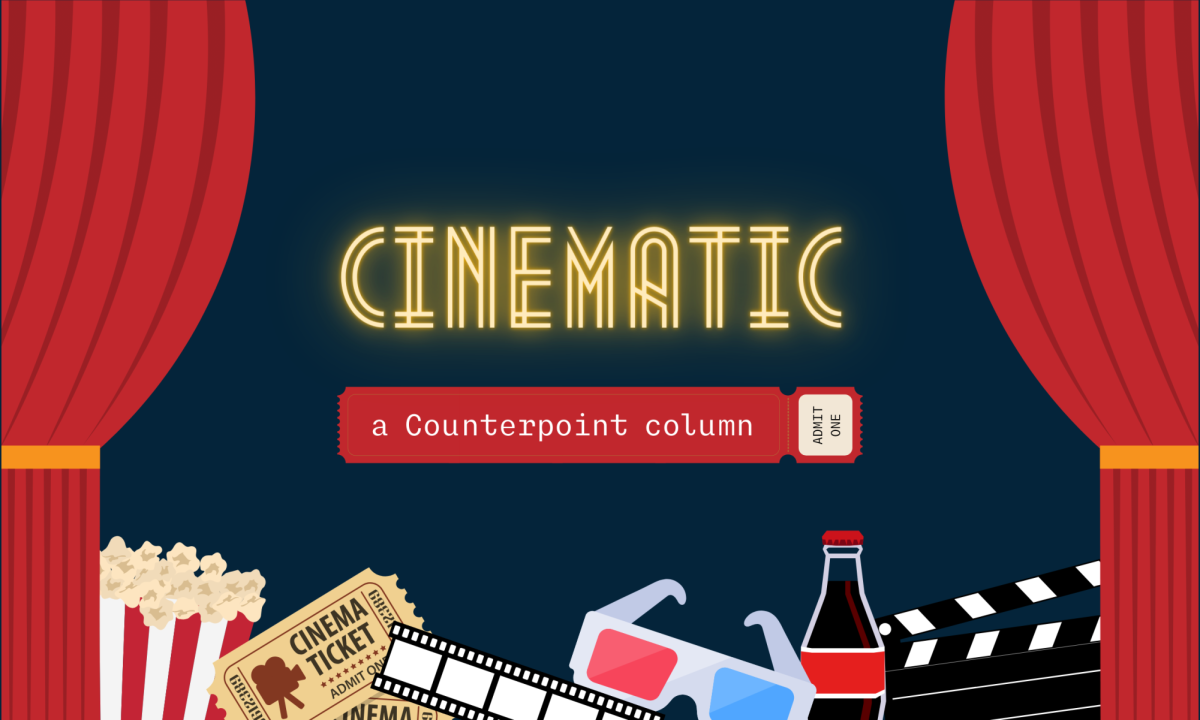As Oscar season approaches, I always force my parents to watch the best picture nominees with me. Most are slow moving and thematically dense, and my parents are usually bored, not understanding the movie. As we sat in the theater watching “The Zone of Interest,” I expected my parents to have a similar reaction. Instead, when the credits rolled they both turned to me and said, “wow.” I honestly can’t think of a more succinct review.
“The Zone of Interest,” directed by Jonathan Glazer, is a movie about the Holocaust. But instead of showcasing the atrocities of the concentration camps, it follows a family, the Hösses, living right outside of Auschwitz, with only a wall between their backyard and the camp.
The film takes us through the mundane life of the Hösses, rarely mentioning Jewish people. In fact, if someone were to watch this movie with no historical context, they would have no idea what’s going on. But despite its simplicity, or rather in spite of it, “The Zone of Interest” is the best and most haunting Holocaust movie I have ever seen.
In each scene, we see the family talk about something simple—job transfers, backyard decorations, etc—while in the background we see the smoke of Jews burning in the camps and hear their cries for mercy. The Hösses wear clothes stolen from Jews at the camp, like nice furs and baby clothes. In one scene, two characters joke about how a Jew they once worked for is probably on the other side of the wall. And the effect on the audience is constant discomfort and unease.
The father has a senior role at Auschwitz, and is celebrated for his efficient ways of mass murder. He is seen as a hero, and for him, this is just a job. He doesn’t acknowledge any moral wrongdoings as, if he refused the job, nothing would change, and someone else would have taken it. At a Nazi ball, he tells his wife that all he can think about is how he could gas everyone in the room, demonstrating his engrossment in the job.
Everything in the film makes us believe that these characters are completely indifferent to what’s happening next door. Yet, Jonathan Glazer includes scenes to highlight that these characters are not always able to cope: The grandmother and father both choose to leave the house and live somewhere more isolated from Jewish people; the daughter lies awake at night imagining that she is handing out “sugars” to hungry Jews. These choices reveal that the characters are not so oblivious to what’s happening around them. They hear it and know they are at fault. In other words, no one is innocent.
But why does Glazer put us in the shoes of the Nazis? Why not show the camps?
Glazer is not just making a film about the Holocaust. He’s making a film about humanity, forcing us to see ourselves not in the victims, but in the evil.
Every directing choice Glazer makes aims to immerse the audience in the movie. He erodes the comfort of feeling like an outsider in the story. The film has no fancy touch-ups: no cool color grading, no fancy camera motion, no movement of the mics. The backyard looks clean and new, and could even be one of our backyards today.
These choices make the movie seem like we are peering into a neighbor’s house, not a historic tale. By keeping everything simple and modern he removes the barrier between the audience and the story, forcing us to feel the discomfort of Auschwitz being right next door.
Everyday, we turn on the news and hear about all the terrible events happening around the world. Activists in Russia such as Navalny were recently murdered, people are starving in Syria, and there is a war in the Middle East.
But there is a wall in between us and the news, just like there was a wall in between the Hösses and the camp. We choose to move on with our lives and bathe in our privilege because like the characters, we can’t handle the truth of such terrible realities.
One of the most powerful metaphors of the film is when the mother wears a fur coat stolen from the Jews. The scene prompts the viewer to reflect on how someone could possibly wear the clothes of someone dying right next door. But, we’re not so different; we wear clothes made in sweatshops and in brutal conditions without second thought. Through “The Zone of Interest,” he forces us to confront our own modern wrongdoings.
The final scenes emphasize this message by bringing us into the present, and, without giving any spoilers, this was one of the most powerful endings I have ever seen.
Now, obviously, Glazer is not arguing that any of us are as bad as Nazis. He also isn’t arguing that the work done by Nazis isn’t evil. Instead, he argues that this evil is not so far from us, and it’s something that could very well happen again—it’s something that humanity is still capable of.
This movie is a masterpiece that aims to illustrate the worst depths to humanity, and with one of the most mundane plots, it’s one of the most horrifying movies I have ever seen.
Note: this review was written before Jonathan Glazers speech at the 2024 Oscars
—
Cinematic is a movie review column currently published a series on each of the 2024 best picture nominees. To access more reviews, click the “Cinematic” tag below.



